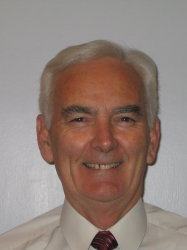BibTex format
@article{Clapperton:2018:10.1017/jfm.2018.399,
author = {Clapperton, B and Bearman, PW},
doi = {10.1017/jfm.2018.399},
journal = {Journal of Fluid Mechanics},
pages = {1157--1178},
title = {Control of circular cylinder flow using distributed passive jets},
url = {http://dx.doi.org/10.1017/jfm.2018.399},
volume = {848},
year = {2018}
}

